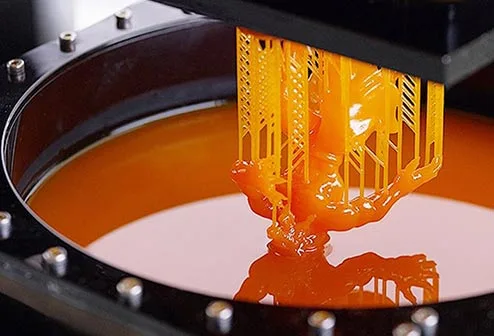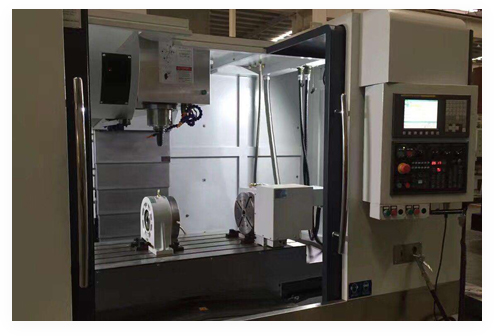Face milling is a metalworking process that is widely used in manufacturing and machining. It is a process in which the surface of a workpiece is cut by a milling cutter on a milling machine to obtain the desired shape, size and surface quality. Face milling can be used to process a variety of metallic and non-metallic materials, including steel, aluminum, copper, plastics and so on.
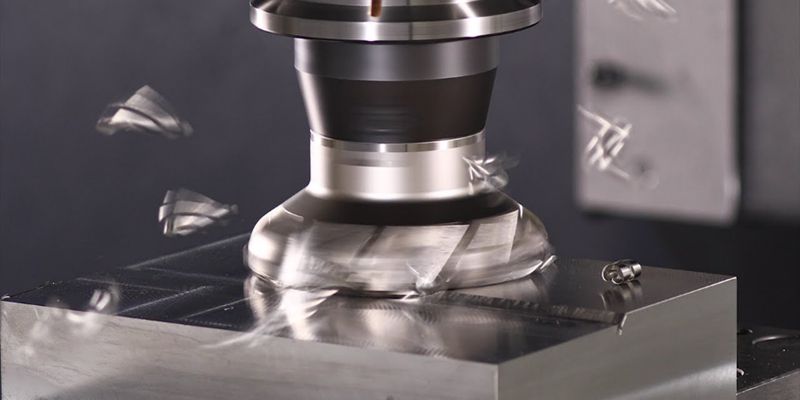
Face milling is usually carried out on a milling machine, which is a kind of machine tool used for cutting workpieces. The main components of a milling machine include the table, spindle, guideway, feed device and tool. The table is used to clamp and position the workpiece, the spindle is the driving part of the cutting tool, and the guideway and feed device are used to control the movement of the tool on the workpiece.
Milling cutter is the key tool for face milling, it is fixed on the spindle by rotation and cuts the surface of the workpiece during the cutting process. There are various types and shapes of milling cutter, including flat bottom cutter, ball end cutter, end milling cutter, etc. Different types of milling cutter are selected according to the machining requirements.
The cutting process of face milling is to rotate the milling cutter on the surface of the workpiece, so that the surface of the workpiece gradually reaches the desired shape. During the cutting process, the cutting force generated by the rotation of the milling cutter causes the surface of the workpiece to be cut off, thus realizing the processing of the workpiece.
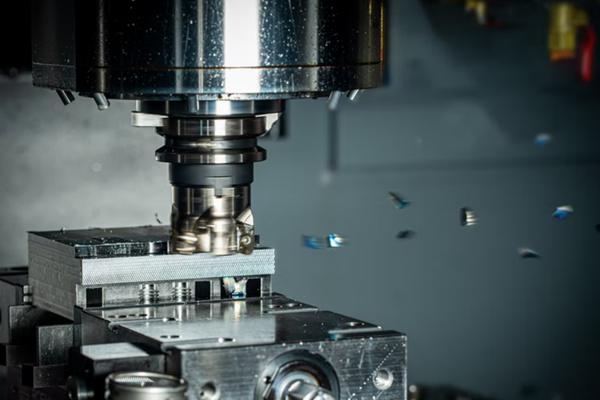
Face milling is a metalworking process whose similarities can be compared to other metalworking methods to better understand its characteristics and areas of application.
1.1 Turning
Turning is another common metalworking method that shares many similarities with face milling. In turning, the workpiece is held in a rotating workholding fixture while the cutting tool cuts along the axis of the workpiece. The difference between this and face milling is that turning cuts primarily along the workpiece axis, whereas face milling cuts on the surface of the workpiece. CNC Turning machining is suitable for making axisymmetric parts, whereas face milling is more suitable for parts that require a flat surface.
1.2 Similarities
Similarity in cutting principle: Both turning and face milling use a cutting tool that moves over the workpiece to achieve removal of material from the workpiece to achieve the desired shape and size.
Rotary tools: both use rotary tools such as turning tools on lathes and milling tools on milling machines.
2.1 Drilling
Drilling is a machining method used primarily to create a hole in the center of a workpiece. The main difference between it and face milling is that drilling focuses mainly on the center point of the workpiece, while face milling focuses more on overall cutting on the surface of the workpiece.
2.2 Similarities
Cutting principle is similar: both drilling and face milling cut the workpiece by cutting tools, only the focus and form of application are different.
Rotary tools: Both use rotary tools such as drills on drilling machines and milling cutters on milling machines.
3.1 EDM
EDM is a very precise method of metal machining in which material is removed by generating an electric spark discharge on the surface of the workpiece. Compared to face milling, EDM is more suitable for machining precision contours and complex shapes on workpieces.
3.2 Similarities
Application of CNC technology: Both face milling and EDM can be highly automated and precisely controlled by CNC technology.
Applicable to metal materials: Both can be used for the machining of metal materials.
4.1 Flat Cutting
Face milling is unique in that its main objective is to cut on the surface of the workpiece to obtain a flat surface. This makes face milling particularly suitable for the manufacture of parts that require flat surfaces, such as flat gears, flat joint surfaces, etc.
4.2 Multi-axis control
In some advanced face milling processes, multi-axis control technology is used, making it possible to cut in different directions to achieve more complex geometries.
5.1 Face Milling
Face milling is widely used in the manufacturing industry, including automobile manufacturing, aerospace, electronics industry and so on. It is mainly used for machining flat surfaces, bosses, grooves and other parts.
5.2 Other Metal Processing Methods
Other metal machining methods are applied in different fields according to their characteristics, such as turning is widely used in the manufacture of axisymmetric parts, drilling is mainly used for hole machining, and EDM is used in the manufacture of precision parts.
Basic Concepts of End Milling and Face Milling
End milling is a machining method in which an end milling tool cuts into the surface or side of a workpiece to form a specific shape or contour. This machining method is suitable for cutting on the side or flat surface of a workpiece and is often used to remove material to produce a flat surface, specific angle or contour.
Face milling is a method of cutting on the surface of a workpiece with the primary objective of obtaining a flat surface. Unlike end milling, face milling focuses primarily on the surface of the workpiece, where a milling cutting tool is used to cut the surface of the workpiece to achieve the desired flatness, finish and dimensional accuracy.
End milling: It is mainly used to cut on the side or edge of the workpiece to form a specific contour or edge shape. It is usually used to cut beveled surfaces, grooves, tenons, etc.
Face Milling: It is mainly used to cut on the surface of the workpiece to obtain a flat surface. The objective is to achieve the desired finish, flatness and dimensional accuracy of the surface.
End milling: The design of end milling tool is suitable for side cutting, the tool structure and cutting angle make it more suitable for side or edge cutting. The process characteristics of end milling include clear cutting edges and the ability to perform fine contouring.
Face milling: Face milling usually uses flathead and ball-end cutters, which are designed to be more suitable for surface cutting and can ensure the flatness and finish of the surface. The process characteristics of face milling include the ability to produce flat surfaces and high dimensional accuracy.
End Milling: Suitable for machining edges, sides, contours and other parts of workpieces, especially for machining needs that require specific contour or edge shapes. It is commonly used for machining the sides, grooves and chamfers of mechanical parts.
Face Milling: More suitable for the needs of flat and smooth processing of the surface of the workpiece. Commonly used in the processing of flat surfaces, flat gears, joint surfaces and other parts that require flat surfaces.
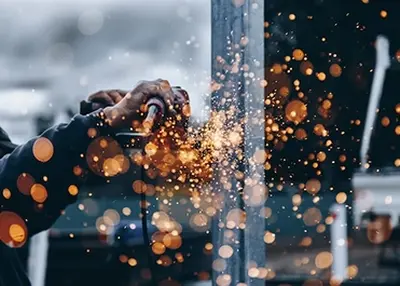 An Introduction to Metal Fabrication: Benefits, Methods & ApplicationsDecember 7, 2023This article introduces sheet metal fabrication in detail. As a versatile metal production technique, it shows extensive applications across numerous industries.view
An Introduction to Metal Fabrication: Benefits, Methods & ApplicationsDecember 7, 2023This article introduces sheet metal fabrication in detail. As a versatile metal production technique, it shows extensive applications across numerous industries.view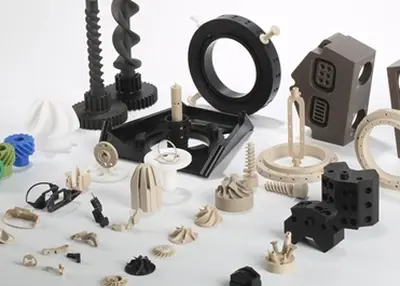 Snap Fit 101: All You Need to Know About Snap FittingSeptember 19, 2023For a better understanding of snap fitting, we will go through the various types, benefits, and applications of snap fitting and the best tips on designing snap fits.view
Snap Fit 101: All You Need to Know About Snap FittingSeptember 19, 2023For a better understanding of snap fitting, we will go through the various types, benefits, and applications of snap fitting and the best tips on designing snap fits.view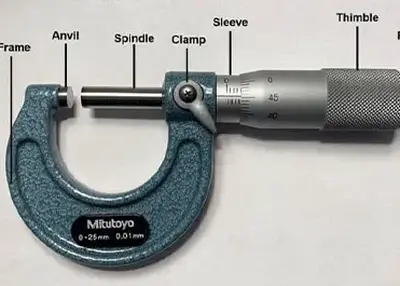 Machinist Tools: What They Are, How to Use ThemDecember 1, 2023Machinist tools are a variety of products that are used to shape, cut, grind, shear, and form metal into a desired part. They are essential for metalworking and machining, which are the processes of creating metal products or components by removing metal chips in the workpiece.view
Machinist Tools: What They Are, How to Use ThemDecember 1, 2023Machinist tools are a variety of products that are used to shape, cut, grind, shear, and form metal into a desired part. They are essential for metalworking and machining, which are the processes of creating metal products or components by removing metal chips in the workpiece.view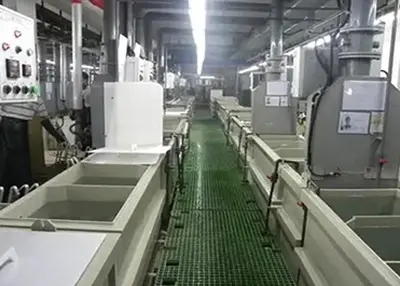 Do You Know How Anodizing Works?November 4, 2022Anodizing, the process of forming an oxide film on aluminum products (anode) under the action of an applied current under the corresponding electrolyte and specific process conditions of metal or allo...view
Do You Know How Anodizing Works?November 4, 2022Anodizing, the process of forming an oxide film on aluminum products (anode) under the action of an applied current under the corresponding electrolyte and specific process conditions of metal or allo...view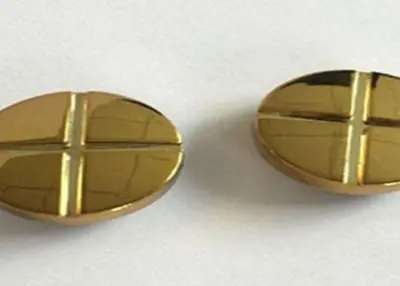 The Functional Advantages of Custom PVD Coating in Automotive DesignJanuary 5, 2024When it comes to automotive design, every detail matters. From the sleek lines of the exterior to the carefully crafted interior, each element plays a crucial role in creating a unique and memorable d...view
The Functional Advantages of Custom PVD Coating in Automotive DesignJanuary 5, 2024When it comes to automotive design, every detail matters. From the sleek lines of the exterior to the carefully crafted interior, each element plays a crucial role in creating a unique and memorable d...view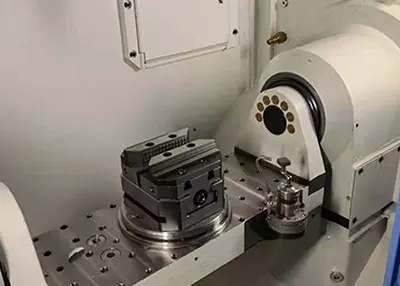 CNC Router Machinery: Unveiling the Core of Modern ManufacturingNovember 2, 2023Are you ready to explore the cutting-edge world of CNC router machinery? Whether you are a seasoned professional in the field or someone just getting started, this comprehensive guide will equip you with the knowledge you need to harness the full potential of CNC router machinery. From understanding the fundamentals to exploring innovative services, let's dive in and take your CNC router experience to the next level.view
CNC Router Machinery: Unveiling the Core of Modern ManufacturingNovember 2, 2023Are you ready to explore the cutting-edge world of CNC router machinery? Whether you are a seasoned professional in the field or someone just getting started, this comprehensive guide will equip you with the knowledge you need to harness the full potential of CNC router machinery. From understanding the fundamentals to exploring innovative services, let's dive in and take your CNC router experience to the next level.view
 EN
EN
 ru
ru 

